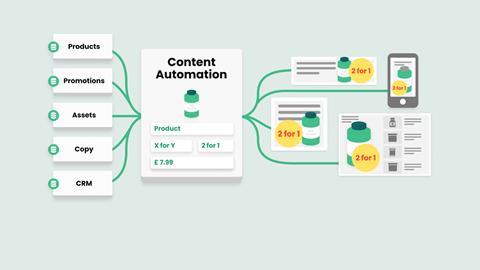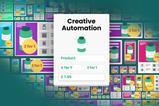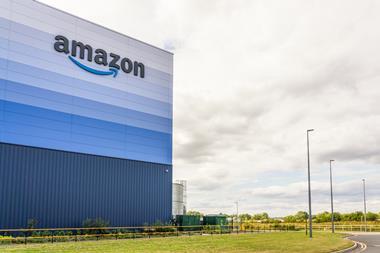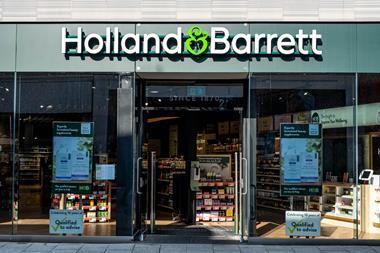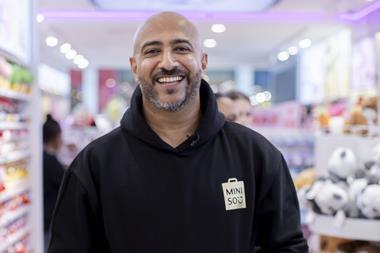Creating data-driven content for an ever-increasing number of channels and formats has become a serious challenge. Relayter spoke with a trio of retailers to get their first-hand tips and tricks to give you a head start
Given the abundance of technology at our fingertips, you might think automation and AI should solve everything and give us the ability to create thousands of content items for each channel, regional variant or CRM segment with just the touch of a button.
But it’s not as simple as that and the real issue here lies in people, processes and tools.
When it comes to creating the perfect promotions process, there are three things that Spar Netherlands, AS Watson Benelux and Dutch grocery chain Jan Linders Supermarkets all have in common.
1. Getting on the same page
All three retailers ensure that the various stakeholders across the business are aligned on their aims. Automating large volumes of promotional marketing content requires all departments to work together as one team.
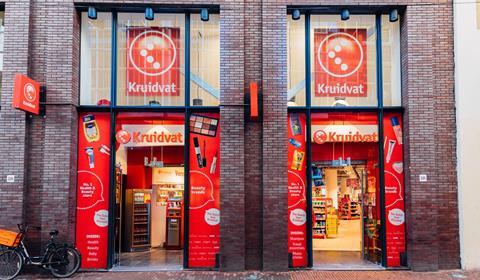
From category management and buyers making the deal to creative agencies, AS Watson ensures everyone is on the same page when it comes to its marketing content.
2. The chain of communication
When you look at retail, it all begins with the buying and category management department. This is the first and most important stakeholder to get on board.
Make sure they understand that data entry and data quality eventually flow through the whole promotional chain and are the foundations of retail marketing content.
Maintaining product and promotional data in a very structured manner is the key to content automation success.
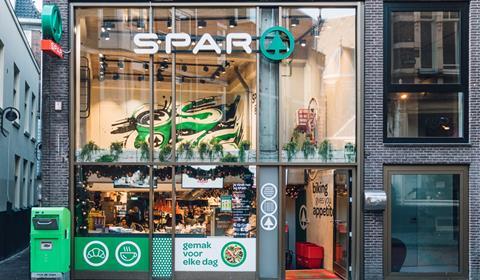
Next up is marketing. Make sure everybody has well-defined roles at specific points in the workflow, including agencies. From planning and brand management to proofing reviews.
Last but not least is IT.
The IT team needs to understand the high demands of future retail and opt for scalable next-generation solutions as opposed to the status quo that everybody has been using for the past 10 years.
3. Standardisation is key
You can’t create at scale when category managers can change promotional mechanisms on the fly or marketers come up with new styling at the end of the week.
Standardising commercial and creative assets provides a scalable foundation.
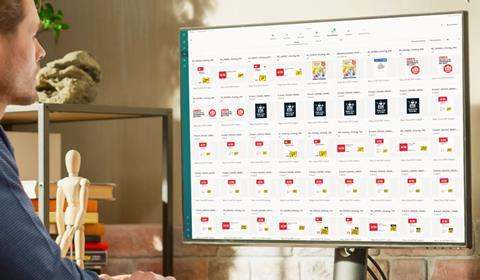
For instance, making sure promotional mechanisms are set up in strict data formats allows both commercial and creative colleagues to handle them across various platforms.
When it comes to graphic design, we recommend building solid libraries for all your brand elements and tagging them for data processing. Another aspect could be the standardisation of POS content for store locations, and specific channel formats for online content.
Where to start
By using these methods, you can create building blocks to rapidly scale up your content output.
The best approach is always to start small. Keep it lean and agile. Put together a small team of stakeholders from the three main departments as described above, and try to get those first steps in place.
To find out more about the mentioned cases and/or content automation, click here.





















